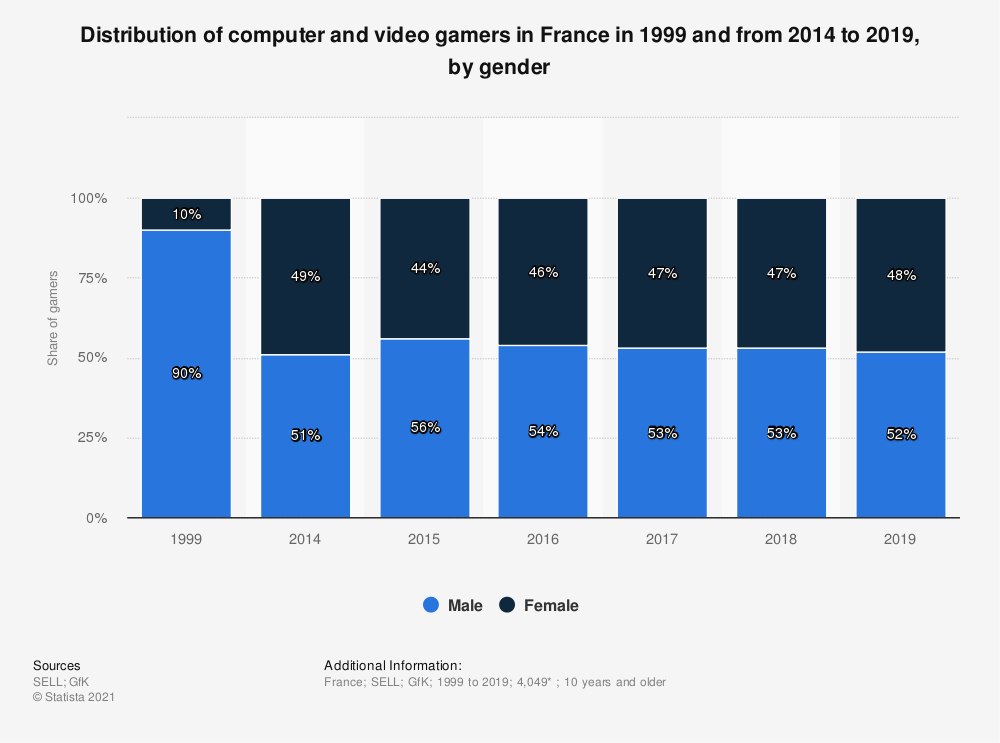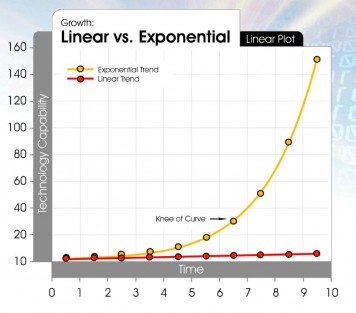Visuals: Computer games heroes
By Katya, July 15 2021When computer games appeared, men were their target comsumer. Games were created for men, and the main characters in games—protagonists—were mostly men too. Women were mostly presented as characters who needed help. For instance, Mario and Princess Peach.
Recently, the gaming industry has started targeting women too. More female protagonists are appearing.
Look at the graphs below and discuss them with your teacher.




